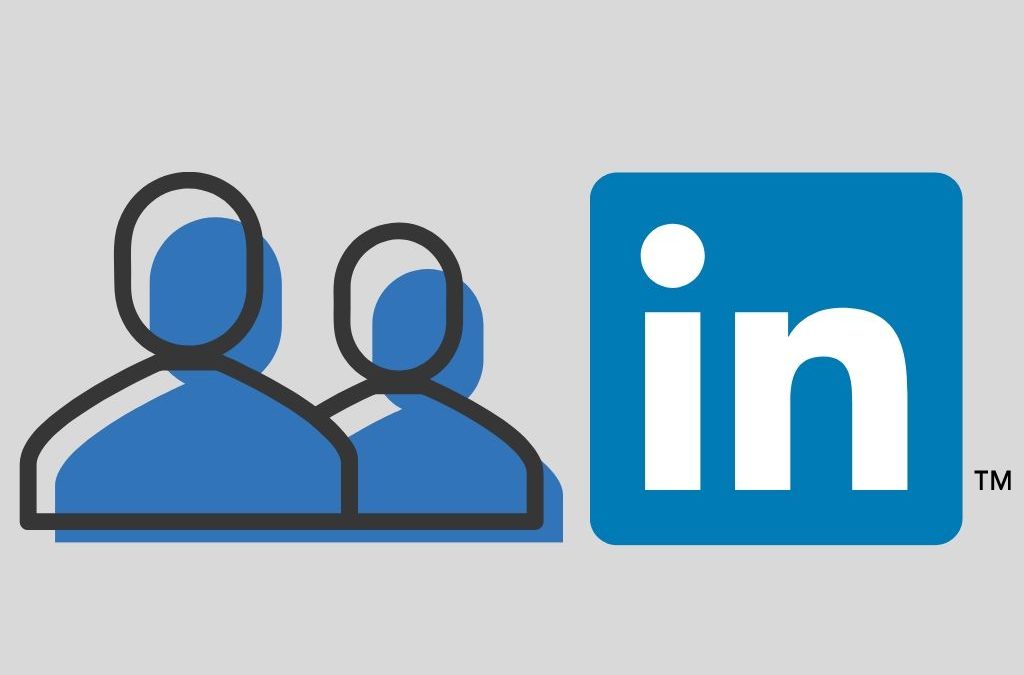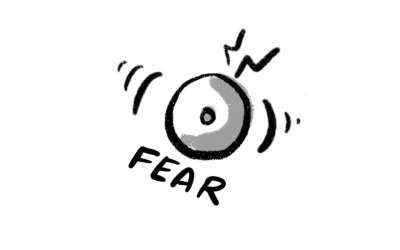With over half a billion users across the world, we should take LinkedIn pretty seriously when the company says it’s aiming to be the biggest publisher of any type in the world (if it isn’t already).
But with more people than ever posting not just updates but full-blown articles and think pieces, how should you engage with the platform and join the publishing revolution yourself? We asked LinkedIn trainer and founder of the Value Exchange, Nigel Cliffe to share his top posting insights with us.
Why should anyone write ‘articles’ on LinkedIn?
Quite simply, writing articles on LinkedIn is a powerful way to help you differentiate your personal brand from other people – and to stand out from the crowd. Writing also helps you demonstrate your opinions and expertise so you become front-of-mind when your contacts might need your skills or services.
Also, if you want to get noticed and picked up by LinkedIn or Google algorithms, their search engines are far more attuned to picking up articles rather than facts and figures – so being able to tell a good story and engage people is an increasingly important skill to have.
I’ve just joined LinkedIn – what’s the first thing I should know?
A lot of people still think of LinkedIn being an online CV. And that’s fine if it works for them but in my experience, LinkedIn works the best when you enter into a conversation with your contacts – so, first thing to know is to see LinkedIn as an active community not just a noticeboard for your CV.
You can engage with people in a number of different ways. You can search for topics and articles that interest you and ‘like’ them – and if you think they’d be of interest to your community you can ‘share’ them with your network.
Once you feel confident enough in your own abilities – then you can start to write articles of your own. This is a really useful way to start defining your brand and your offer – and start to build people’s trust and confidence in what you do.
What’s the biggest mistake that people make when posting on LinkedIn?
Lewis Carol said ‘if you don’t know where you are going, any road will get you there’ and that’s true in life and especially true on LinkedIn. I’d say the number one mistake that people make is not having a strategy – and by that I mean not really knowing why they’re on the platform and why they’re engaging with people.
LinkedIn is all about building your profile and building other people’s trust and confidence in you and what you have to offer the world. But in order to do that you need to know why you’re posting and what you want to become known for – and if you don’t establish this you can start off in the wrong direction.
>> Read more: The complete guide to writing accountability – hold yourself to account and use others to help you achieve your writing goals
Having a strategy sounds pretty complicated – is it?
No, it really doesn’t need to be complicated at all. At it’s most basic level it just means knowing why you’re on the platform and what you want to get out of using it.
One tip is to choose two or three topics that you want to become known for and then use these themes to guide everything you post, share and like.
Picking a few ‘pillars’ to hang your content around gives your profile consistency and it sends a clear message to your readers and network about what you stand for and what you’re interested in.
So, what’s your LinkedIn strategy?
My ‘pillars’ – the themes I connect with my audience around – are LinkedIn, marketing, marketing technology and digital. Everything I write about, like and share are broadly based around these pillars. It means I get known for those themes and topics and my readers know what to expect.
My objective is to build up an interested network of contacts around those themes and to offer them interesting content – in the hope that one day we might be of mutual benefit.
What shouldn’t people do or publish on LinkedIn?
Direct selling is a big no, no on LinkedIn. You’d never start offering your two for one deal to someone you’d just met in real life so why do it in the virtual world?
LinkedIn isn’t for selling – unless you’ve specifically been asked to of course. It’s a place to build trust and credibility in you and what you offer – so that when a contact is ready to buy whatever you are selling they’ll visit your profile and hopefully, get in touch.
Also, never be disrespectful to anyone – even if they are to you. Always remember that any reply that you give will be public so you always need to be mindful of that.
Is there anything you shouldn’t write about?
What you publish really depends on you and whatever engagement strategy you have. However, I’d always be cautious of sharing highly sensitive topics and themes that might lead you into online arguments.
Just consider how you want to come across to your audience. The last thing you want to do is to get into a political slanging match with someone. That’s unhelpful for you and it’s a real switch off for your readers too.
How much should you publish?
There’s no set amount but I publish or share an article every day – based around my core interests. At the upper end I get a few thousand views on the content that I share and at the lower end, a few hundred.
The key is to be consistent about what you share and what you write about so people know what to expect. If I was all over the place and shared anything – then my readers wouldn’t stick around for long. Again – it comes back to having a strategy.
>> Read more: Trying hard to be a writer won’t make you one, being prolific will
What if you’ve just joined LinkedIn straight from college – what can I write about then?
Even if you don’t have a lot of work experience – everyone has a story. There are experiences you can share, incidents that have happened during the day that you can write stories about – if they’re relevant to your audience. But again, you have to first understand what you want to achieve by being on LinkedIn.
A good tip if you’re stuck for ideas on what to post about is to set up a Google alerts around your content pillars so you can share interesting articles with your network.
But remember, the real benefit comes when you put your personal spin on the article. Perhaps you agree with it – or disagree. Tell us why – have an opinion. It’s always good to put the cat amongst the pigeons sometimes!
Nigel Cliffe’s 7 top tips on how to write LinkedIn articles
- Make sure your post isn’t too long and isn’t too short. Whilst longer articles can get read, I find it’s best to keep pieces between 300-500 words.
- Don’t make you reader read giant slabs of text. Make it easy for them to read by breaking the text up, adding in some sub-headers and where appropriate, using italics.
- Add visual interest. Make sure you have a strong image or graphic as your title picture. Also, don’t forget to dot images throughout the story to break the piece up a little and make it more readable.
- Get yourself a catchy title. This is super-important as boring titles are real turn off. Try posting your proposed headline in an analyzer to give it a ‘sharability’ score.
- Make sure there’s a good call to action. Don’t make it difficult for people to find you! Make sure your contact details or website URL is included at the end.
- Make sure you know the order of events. If you have your own blog post it there first then wait around a week to post the same piece up on LinkedIn.
- If you’re re-posting from your blog, change the content and the header a little to reflect (and respect) your LinkedIn audience.




